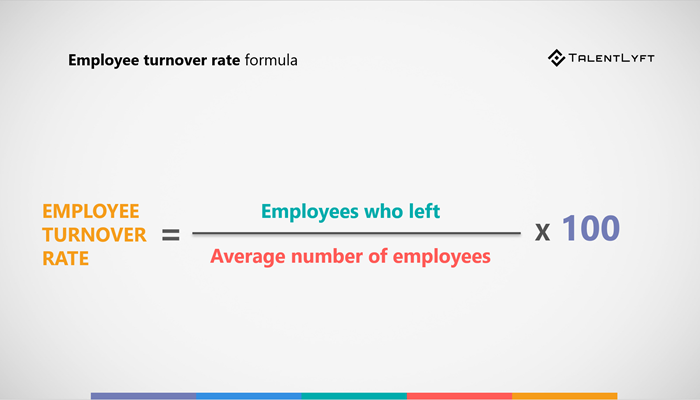

But the most expensive funds can easily have expense ratios over 1%. At the low end, you can find index funds with expense ratios around 0.50% to 0.10%. The expense ratio represents the percentage you pay to own the fund on an annualized basis. First, a fund that’s actively managed may charge a higher expense ratio to cover the fund manager’s services. It can also be helpful for managing investment costs.įunds that have higher turnover ratios, for example, can trigger higher costs for investors. The turnover ratio is important when evaluating mutual funds or ETFs because it can tell you a lot about how the fund and the fund manager operate. Why Turnover Ratio Matters for Mutual Funds If you divide $10 million by $40 million, you’d get 0.25, which means a 25% turnover ratio. The fund’s average assets were $40 million. So say you have a fund that bought and sold $10 million in assets over the previous year. You would then multiply the resulting figure by 100 to get the turnover ratio percentage. Next, divide the number you’ve chosen by the fund’s assets, based on the average value for the 12-month period. So if you’re estimating the turnover ratio yourself, choose the smaller figure for your calculations to ensure accuracy. It’s important to note that the Securities and Exchange Commission requires funds to calculate the turnover ratio using the smaller of those two numbers. Proceeds From Sale of Assets: The total proceeds realized from the sale of assets during that same 12-month period.

Purchased Securities: The total number of securities purchased by a fund for the 12-month period you’re calculating the ratio for.To calculate the turnover ratio for a fund you need to know: Like other investing ratios, a mutual fund’s turnover rate can be calculated using a specific formula where you’ll need a couple very specific pieces of information. So, for example, if a fund has a turnover ratio of 50%, that means half of its investments were sold in the previous 12 months. The mutual fund turnover ratio is expressed as the rate of change over the course of a year. Passively managed funds, including index funds and ETFs, tend to have a lower turnover rate. As a general rule of thumb, it’s more common to see higher turnover rates with actively managed mutual funds or hedge funds. This is represented by a percentage and the higher the percentage, the more frequently a fund’s assets turn over. The rate at which this buying and selling occur is known as the mutual fund turnover ratio.

The fund’s manager can decide when to sell off underlying investments and add new ones to the fund. Rather than buying individual stakes in all of these investments, a mutual fund allows you to own a little bit of everything in one convenient package.īut that doesn’t mean the underlying investments a fund owns remain the same. A fund manager chooses what the mutual fund or ETF will hold and purchases those securities. They can include individual stocks, bonds, short-term cash instruments or other securities. Mutual funds and exchange-traded funds (ETFs) are baskets of investments. For further guidance on how best to integrate mutual funds into your investing strategy, consult with a trusted financial advisor. We’ve answered what is a good mutual fund turnover ratio below or how this number is calculated. Turnover rates can vary greatly between different types of mutual funds and exchange-traded funds. A mutual fund turnover ratio refers to how often the underlying assets in a specific fund are bought and sold. When comparing mutual funds, there are several key metrics to pay attention to, including the expense ratio and the turnover ratio.

Mutual funds can help diversify your investment portfolio.


 0 kommentar(er)
0 kommentar(er)
